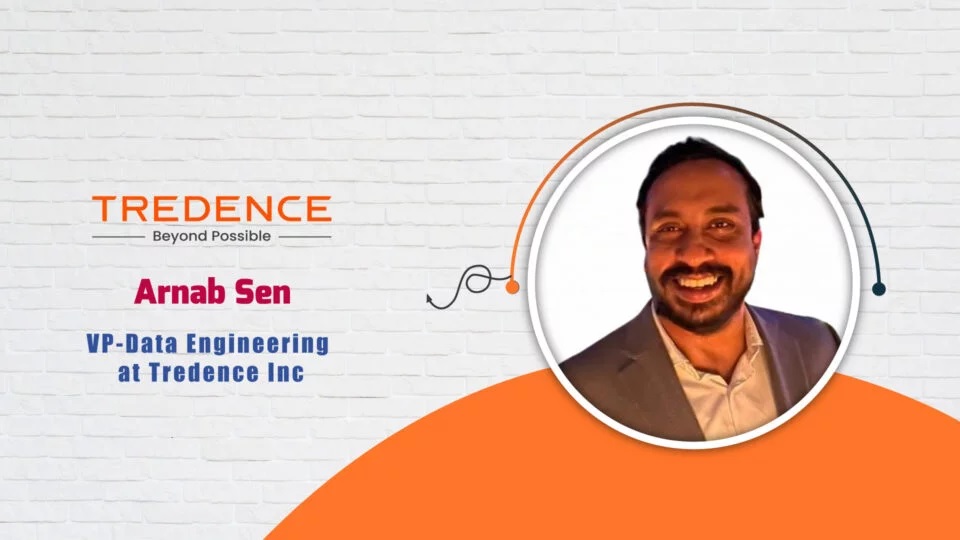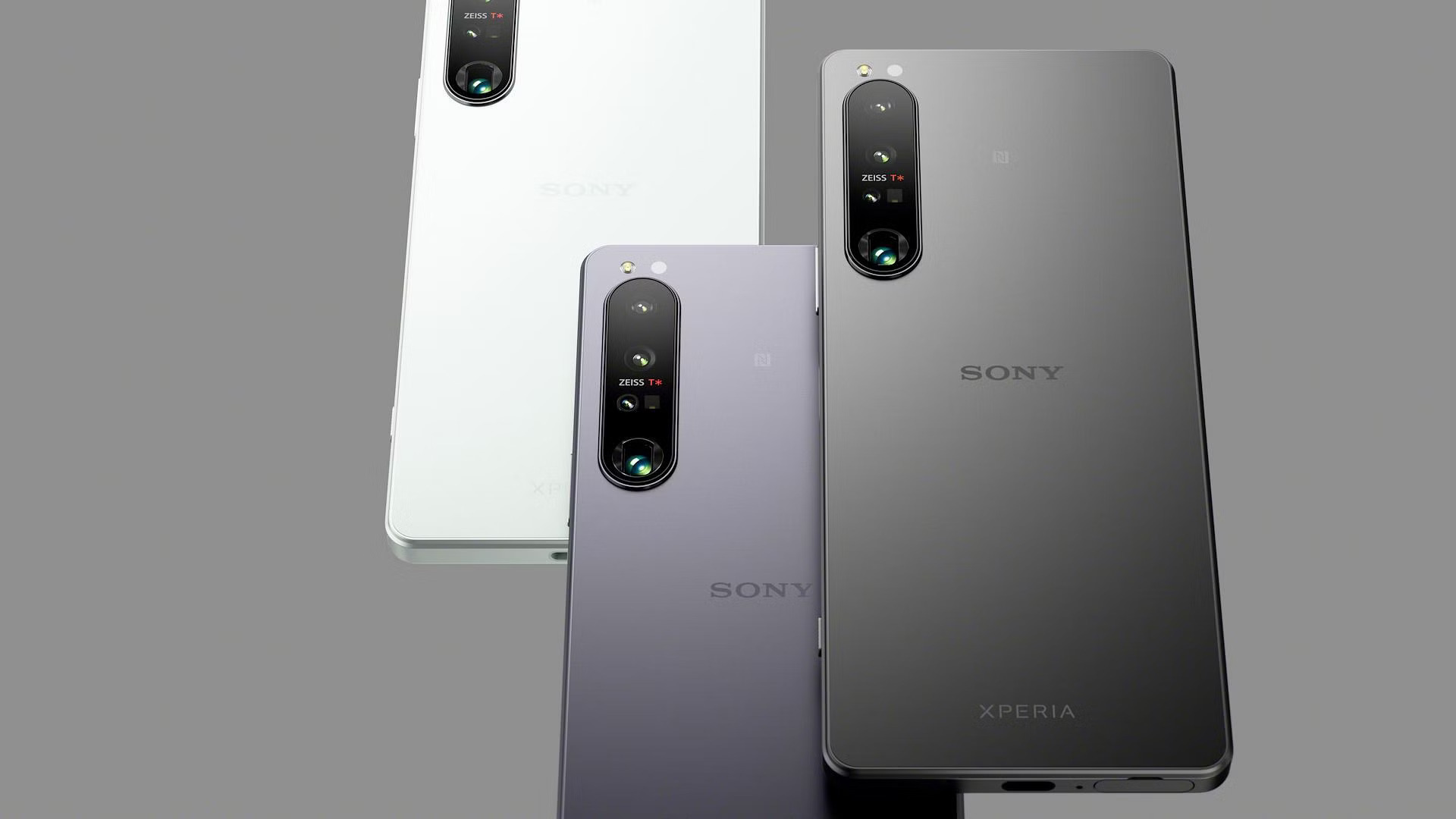Businesses nowadays rely heavily on their IT infrastructure for day to day operations. An outage or breach in the network could potentially cost millions in losses and damage to reputation. Therefore, it is important for businesses to choose the right Anti-Virus(AV) monitoring software to ensure the security of their networks and endpoints. In this blog post, we will compare some of the top AV monitoring software available in the market today and analyze their pros and cons to help you choose the right solution for your business needs.
Introduction
With rapid digital transformation and more employees working remotely, the attack surface for businesses has expanded significantly. Cybercriminals are finding more sophisticated ways to exploit vulnerabilities and compromise networks. It is therefore critical for organizations to have complete visibility into their AV capabilities and effectively monitor for any threats. AV monitoring software provides centralized visibility and control over antivirus deployments across different endpoints as well as continuous monitoring of antivirus health status. Let’s take a closer look at some of the leading AV monitoring solutions in the market today.
Sophos Central
Sophos Central is a cloud-based endpoint protection and network security platform that offers comprehensive AV monitoring capabilities. Below are some key pros and cons:
Pros:
Lightweight agent with minimal system impact. The agent has negligible performance overhead.
Intuitive web-based console for easy management and reporting from any location.
Real-time alerts and notifications on infected endpoints, expired definitions etc.
Multi-layered protection including next-gen AV, sandboxing, encryption etc.
Ability to monitor status of AV across Windows, Mac, Linux, Solaris, AIX endpoints from a single dashboard.
Cons:
Pricing is based on the number of monitored endpoints which could get expensive at scale.
Limited ability to customize alerts and reports.
Agent upgrades require endpoints to be rebooted.
Trend Micro Deep Security
Trend Micro Deep Security is another full-stack security solution that includes centralized AV monitoring among its features. Here are some highlights:
Pros:
Agentless protection is available for some non-Windows platforms reducing management overhead.
Superb detection capabilities with machine learning and behavior monitoring.
Automated remediation actions can be configured to contain infections faster.
Seamless integration with SIEMs like Splunk for centralized logging and monitoring.
Cons:
Steeper learning curve compared to some other solutions.
Pricing is based both on endpoints and workload protection modules used.
More system resource utilization compared to lighter agents.
Webroot SecureAnywhere
Webroot SecureAnywhere Business Endpoint Protection is a cloud-based solution focused on delivering lightweight endpoint security. Some key attributes:
Pros:
Extremely lightweight agent with minimal performance impact.
One of the lowest total cost of ownership in the industry.
Cloud-based architecture ensures automatic protection updates.
Intuitive console for easy onboarding and central management.
Cons:
Limited advanced capabilities like sandboxing, encryption etc.
No granular alerting and reporting features.
Limited agent customization options.
CrowdStrike Falcon
CrowdStrike Falcon is a next-gen endpoint protection platform (EPP) that has comprehensive endpoint monitoring as a key component. Here’s a quick rundown:
Pros:
Detection is based on AI, machine learning and CrowdStrike’s threat graph.
Leading detection and rapid remediation with shortest mean time to identify.
Extremely lightweight agent with zero performance impact.
Seamless integration with ITSM, SIEMs etc. for unified visibility.
Cons:
Pricing depends on number of endpoints as well as modules used.
Steep learning curve for full utilization of advanced features.
Limited free trial – paid subscription is required for proof of concept.
Kaspersky Endpoint Security
Kaspersky Endpoint Security is a robust endpoint protection platform that has been a leader in the AV space for decades. Here’s how it stacks up:
Pros:
Award-winning detection leveraging Kaspersky Security Network.
Regular silent updates for continuous protection without reboot.
Easy centralized management from a single console.
Additional layers like behavioral analysis and exploit prevention.
Cons:
State-sponsored accusations hampered trust for some customers.
Heavier system footprint compared to lighter agents.
Limited FREE options available for evaluation.
Choosing the Right Solution
When choosing the right AV monitoring software for your organization, it is important to consider factors like – workloads to be protected, visibility and reporting needs, budget, support requirements etc. Lighter agents would be sufficient for most SMBs focusing only on basic endpoint protection while larger enterprises with stricter compliance needs may require advanced capabilities of platform providers. Regular evaluation of detection efficacy against evolving threats also plays a key role. With proper vendor assessment and solution fitment, businesses can empower their security teams with the right level of network visibility and control over antivirus deployments across endpoints.
Conclusion
As cyber attacks become more sophisticated, effective AV monitoring has become critical for businesses of all sizes. The above analysis of leading products provides a glimpse of key offerings in the market today. While no single solution is perfect, choosing one aligned with an organization’s specific needs, budget, and maturity can help achieve optimal protection. Regular reviews should also be conducted to ensure the selected platform continues meeting evolving security objectives. With the right AV monitoring in place, IT teams gain centralized command over antivirus health and capabilities, translating to a more secure IT infrastructure.





